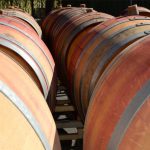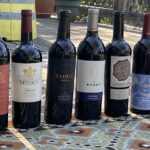I’m often asked by wine drinkers, what’s an AVA and why should I care? The short answer is AVAs can help you figure out what type of wine you like and how to find more with similar characteristics. But there is also a longer and more comprehensive answer. In honor of back-to-school and the love of learning, here’s information about AVAs and how to use this knowledge to your advantage.
What’s an AVA?
AVA is an abbreviation for American Viticultural Area. But before explaining that further, let’s discuss how the term AVA is used. When a winery wants to tell us the origin of the grapes used to produce the wine in a bottle, they add an AVA to their label. This is known as the Appellation of Origin, and is information required on wine produced in the United States.
The Appellation of Origin can be a political boundary, like the name of a county, state or country. Or, it can be a federally recognized region known as an American Viticultural Area (AVA).
According to the Wine Institute’s website: “In order for a wine to be designated with an Appellation of Origin defined by a political boundary, such as a county name for example, federal law requires that 75 % or more of grapes used to make the wine be from that appellation, and that the wine be fully finished within the state in which the county is located.
“If a wine is designated with the name of an American Viticultural Area (AVA), federal regulations require that 85% or more of the wine is derived from grapes grown within the boundaries of that TTB-established AVA and that the wine is fully finished within the state or one of the states in which the AVA is located.”
If you see this on a wine label:
Cabernet Sauvignon
Sonoma County
then 75% or more of the grapes had to come from Sonoma County.
If you see this on a wine label:
Cabernet Sauvignon
Alexander Valley
Sonoma County
then 85% or more of the grapes had to come from Alexander Valley (an AVA) in Sonoma County.
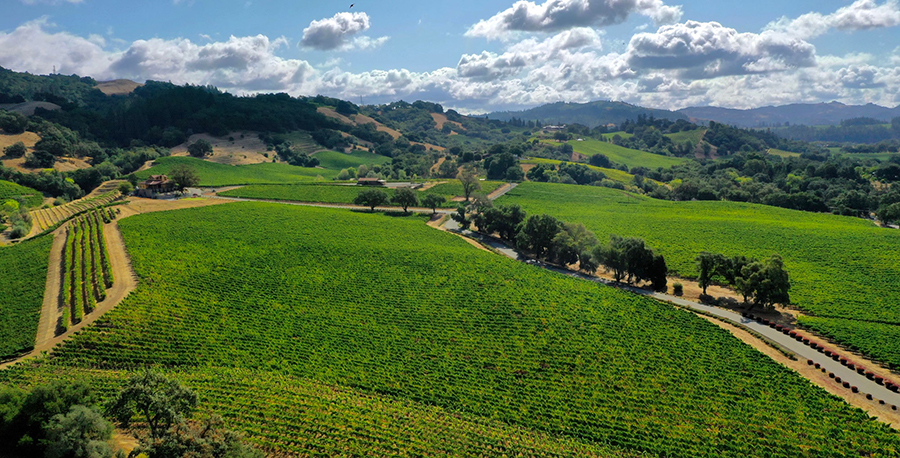
An Appellation vs. an AVA
The U.S. Alcohol and Tobacco Trade and Tax Bureau (TTB) is the federal organization that regulates wineries, and also approves all applications for new AVAs. The terminology and regulations used by the TTB can be confusing, so let’s try to clarify some points.
Although the wine industry uses the term appellation and AVA interchangeably, according to the TTB, they can’t always be used that way when determining a wine label. A political boundary, like a county (Sonoma County), state (California) or country (United States), is only referred to as an appellation. Federally recognized regions are called AVAs, and can also be referred to as appellations. There are three AVAs along the Wine Road — Alexander Valley, Dry Creek Valley and Russian River Valley.
The Wine Road uses appellation to describe the regions within its boundaries. Since the term AVA should really only be used when describing the non-political boundaries, or federally recognized regions, the term appellation keeps it simple.
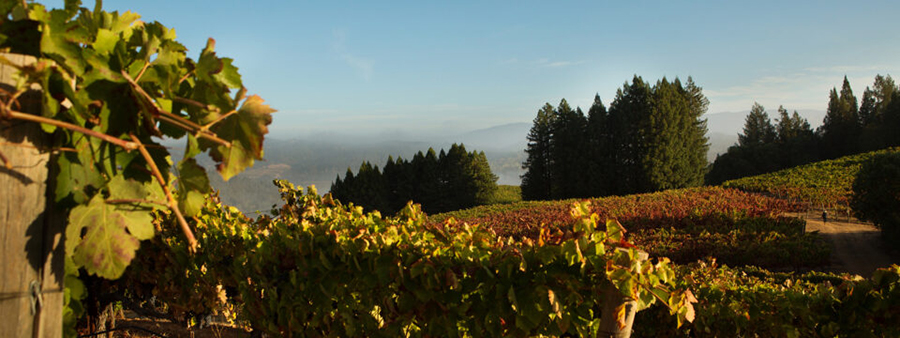
Who Determines a New AVA?
The TTB approves applications for new AVAs, but it’s winery and vineyard owners from the proposed region that gather the needed documentation, and then submit a formal proposal for a new AVA to the TTB. The proposals are long, complex documents that includes detailed information on topography, elevation, geology including soil types, and climate including rainfall, plus so much more. The proposal has to prove that the proposed region is distinctly different from the surrounding areas, and deserves to be recognized for its unique winegrowing conditions.
This process can take years of research before submitting the proposal. Once the TTB has the proposal, it can be up to a year or more before the new AVA is approved.
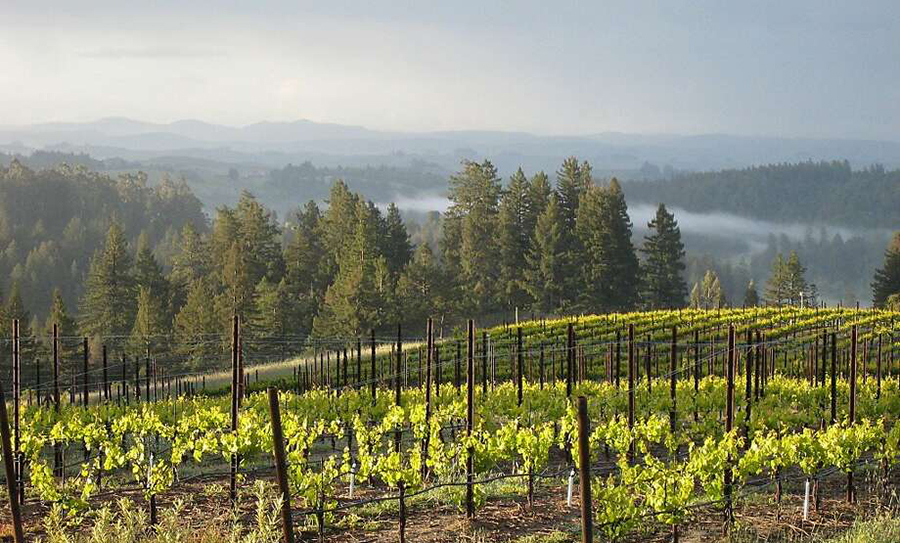
Why Did AVAs Come into Existence?
As the wine industry grew and evolved, winemakers and winery owners wanted wine drinkers to understand that their growing region was unique from another growing region. Prior to the use of AVAs, a country, state or county was the only location designation on a wine label. Sonoma County now has 19 American Viticultural Areas. Prior to the use of AVA, all the wines from these 19 AVAs would have been labeled from Sonoma County. Being able to add an AVA to a wine label increases the information available to the informed wine drinker.
Benefit of an AVA on a Wine Label
Knowledge is a powerful tool. Knowing what wines you like and the AVAs where those grapes were grown, can give you the confidence to explore other wines from that same AVA.
What happens when you’re at a wine shop looking for your favorite wine to take to a dinner party, and they’re out of your go-to option? Don’t panic, look for that same varietal with the same AVA from another winery. It might not taste exactly the same, but it will have similar characteristics. That’s the beauty of having AVAs on wine labels. It gives us knowledge and helps us learn what we like and what might not be your favorite.

Fall Wine Trails
Want to test out tasting the same varietal within the same AVA or a neighboring AVA? One of the best ways to taste the difference in the various growing regions is to attend one of the Wine Road events or seminars. The next event is Fall Wine Trails on September 23rd. For the price of a $50 ticket, you can spend from 11 – 4 visiting the participating wineries, learning what varietals or blends you like, and what AVA the grapes came from to make those wines.
Maybe you want to try just Zins and Primitiovos that day. Here’s who is pouring them by AVAs:
Alexander Valley
Alexander Valley Vineyards
deLorimier Winery
EHRET
Soda Rock Barn
Dry Creek Valley
Cast Wines
Coyote Sonoma
Pedroncelli Winery
Peterson Winery
Wilson Winery
Russian River Valley
ACORN Winery
Carol Shelton Wines
D’Argenzio Winery
Due Ruscelli
Limerick Lane
Woodenhead
Embracing AVA Knowledge
The more you learn about the wines you enjoy, the faster you’ll be able to expand that knowledge into trying more wines you love to sip. And, who isn’t looking for their next favorite wine?
Happy Sipping!







